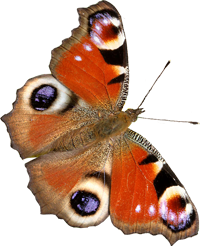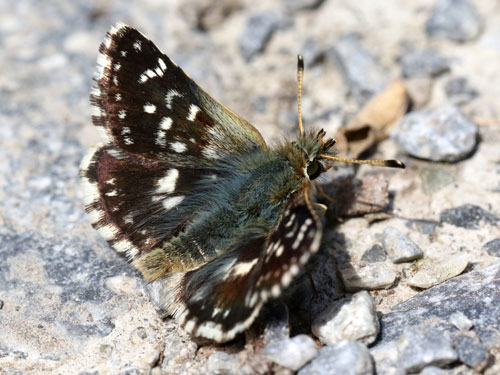
Valais, Switzerland, May 2015
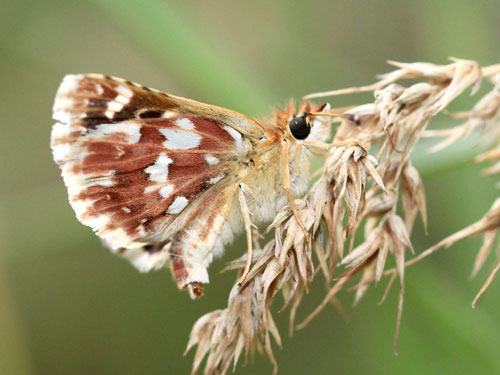
Valais, Switzerland, June 2012
Field notes and information
A small butterfly that flies very fast and close to the ground.
In 2016 Hernandez-Rodlin et al published a paper analysing a range of molecular, DNA, parasitic, morphological and ecological data. They concluded that the S. sertorius complex can be split into 5 species. One species is already recognised as such: S. orbifer, two others often considered as potentially different species S. therapne + S. ali and a new cryptic taxon S. rosae from Spain which uses Rosa as a foodplant and not Sangisorba as the other 4 species.
Some of the photographs on this page from Spain may well be of the Spanish red underwing skipper S. rosae, separation is not possible based on wing characteristics.
Identification & Similar species: Very similar to the orbed red underwing skipper S. orbifer which replaces the current species in the east. That species is rather greener on the underside hindwing and the spots are more rounded.
Replaced by the Corsican red underwing skipper S. therapne in Corsica and Sardinia and by the Moroccan red underwing skipper S. ali in N Africa.
The Spanish red underwing skipper S. rosae uses a different food plant to the rest of this group. It also flies at much higher altitudes than S. sertorius which shares the same range in Spain, although there is an overlap at lower levels. The two species cannot be separated by wing characteristics.
Distribution: Western Europe to Germany and Italy. Not Corsica or Sardinia or N Africa.S. therapne which is now generally recognised as a full species.
Habitat & Behaviour: It likes settling on hot ground and can be found taking salts from damp patches of earth. It flies roughly between 500 and 1300m, S. rosae flies between 1000 and 2100m.
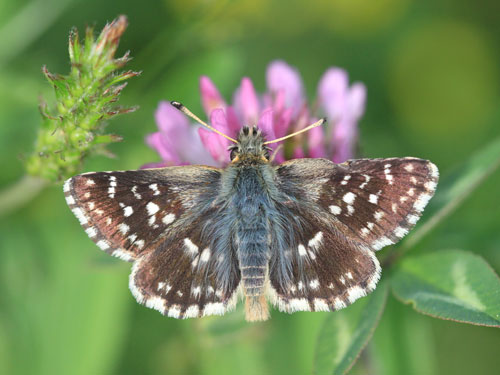
Vaud, Switzerland, May 2012
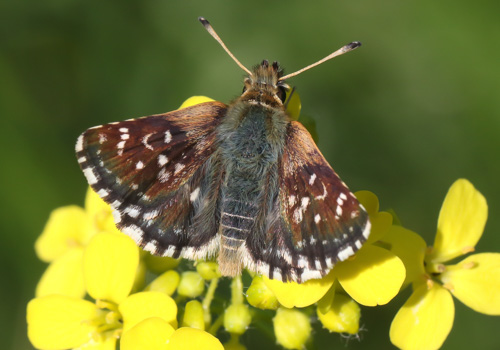
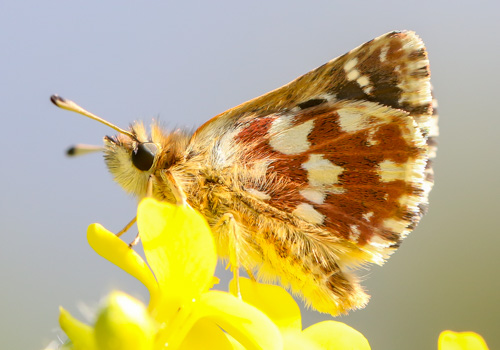
Valais, Switzerland, May 2022
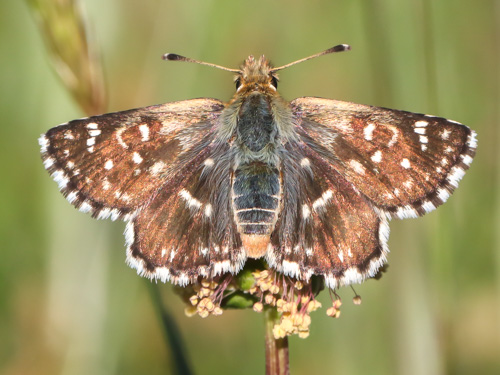
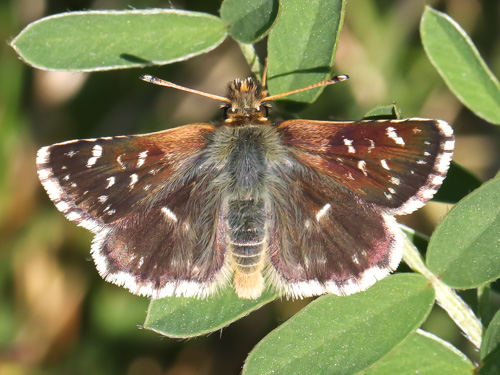
Vaud, Switzerland, April 2020

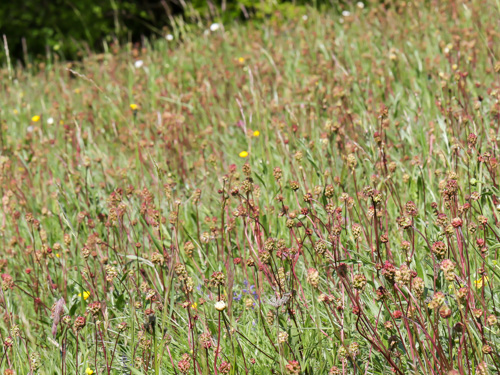
Vaud, Switzerland, May 2019
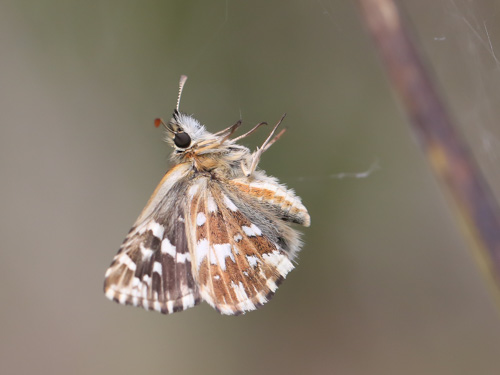
Tuscany, Italy, May 2019
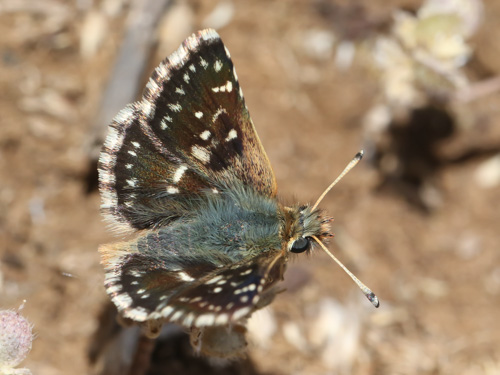
Granada, Spain, May 2019
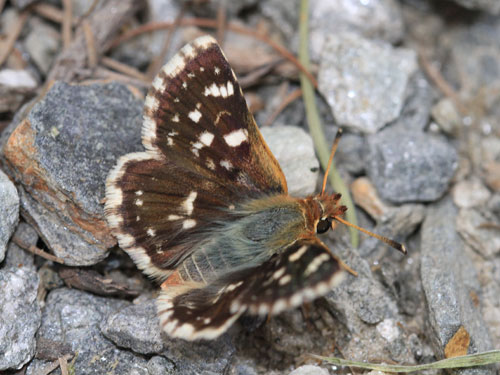
Valais, Switzerland, June 2012
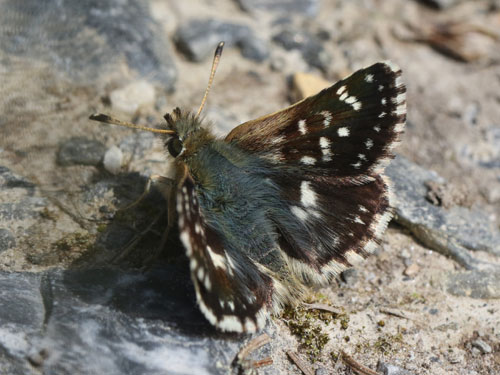
Valais, Switzerland, May 2015
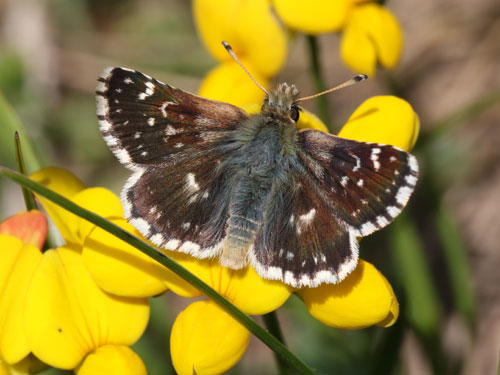
Vaud, Switzerland, May 2016
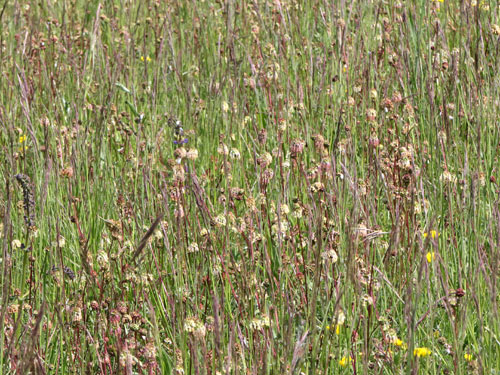
Vaud, Switzerland, May 2016
An abundance of the larval foodplant Sanguisorba.
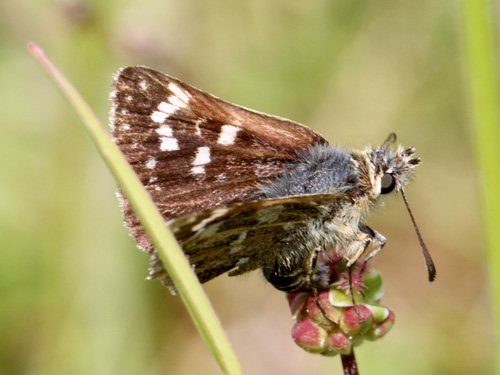
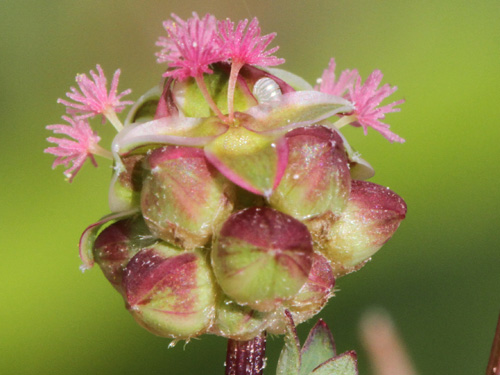
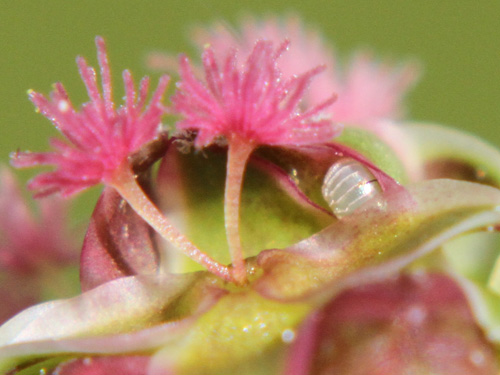
Jura, France, June 2014
Egg laying.
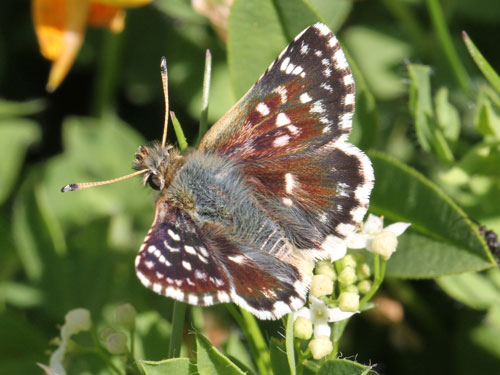
Hautes Alpes, France, July 2013
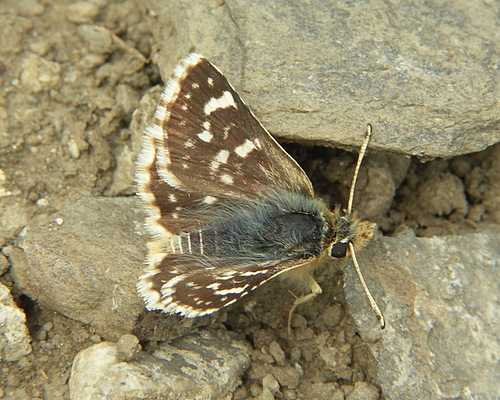
Pyrénées Orientales, France, May 2006
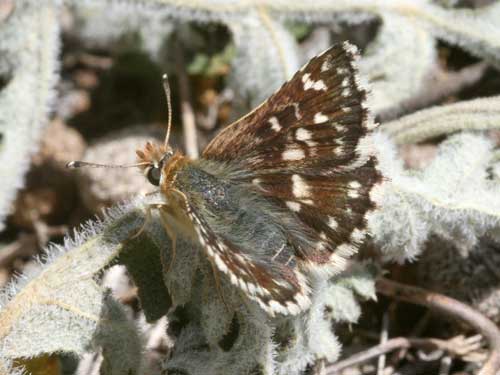
Madrid, Spain, May 2009
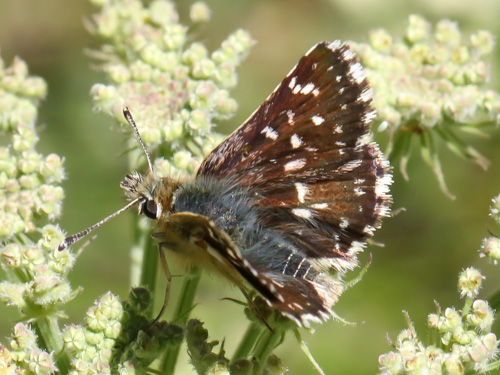
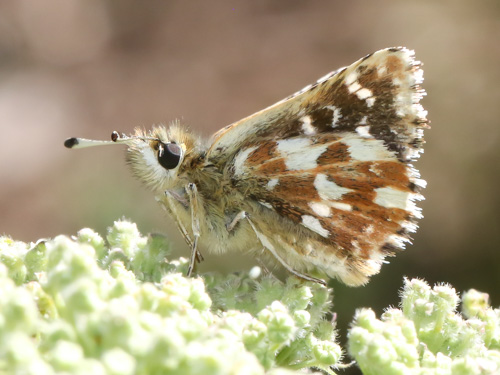
Valais, Switzerland, July 2020
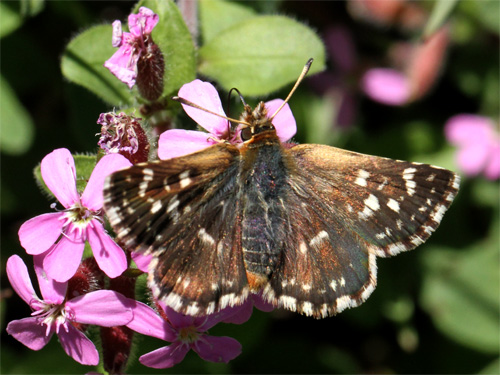
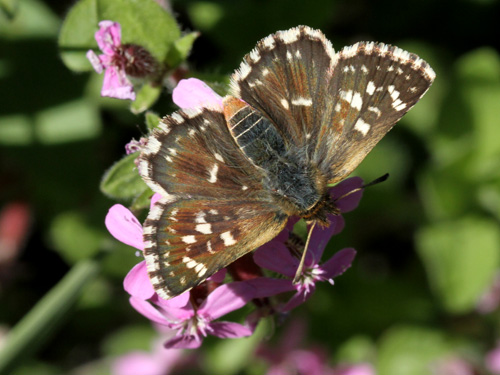
Valais, Switzerland, May 2014
